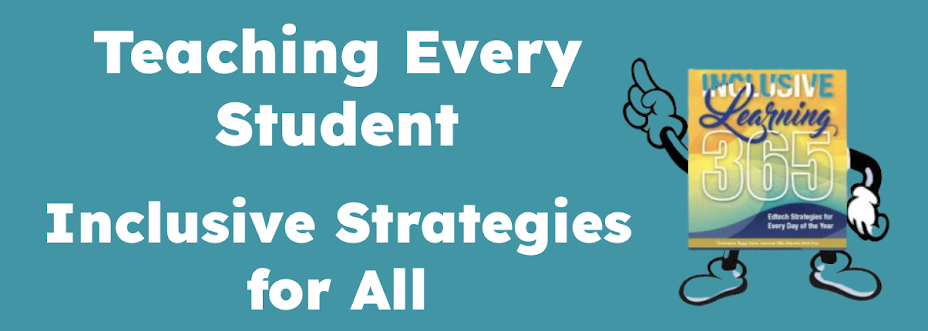The strategies, techniques, and approaches that teachers can use to facilitate learning.inspire me.
To be an instrument of learning is a powerful role and it is incredibly exciting to see many teachers understand that our students learn differently than even ten years ago. To integrate the free tools of the Web 2.0 into the daily classroom experience is an opportunity to engage students and create a connected community of learners that was impossible even a few short years ago. The quiet student, the shy student, the student who requires more time to process his thoughts, the student with written expression difficulties all find a new voice when they are offered Web 2.0 tools to help them demonstrate what they know.
For me, it always comes back to removing the obstacles to learning and providing new opportunities for students to demonstrate what they know.
